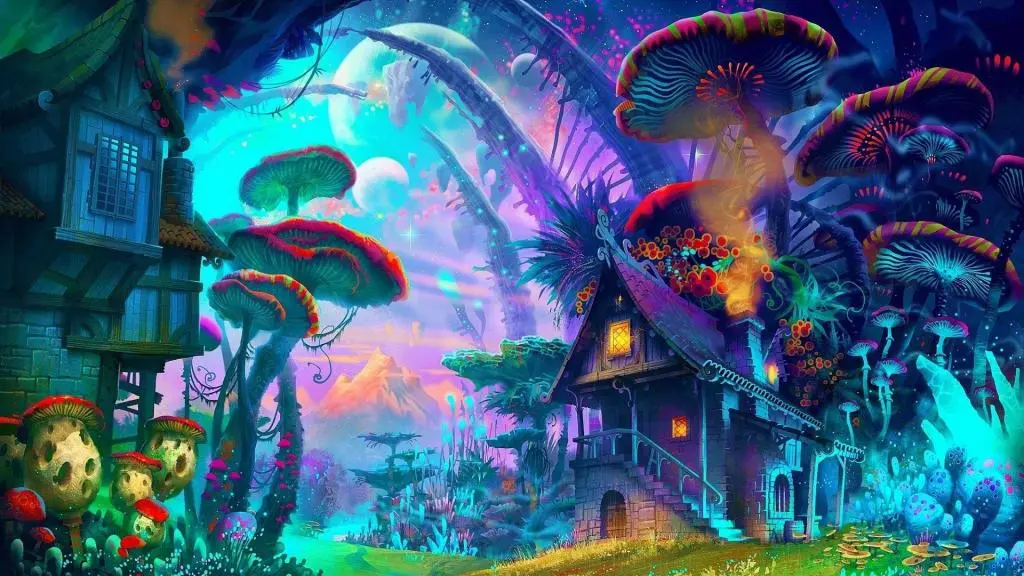Why Did Justin Trudeau Resign? Exploring the Factors Behind His Decision

Looking for more amazing products? Check out our online store and explore our collection here! Happy shopping!
Before diving in, please note: This post is for informational purposes only. If you’d like to know more about how we approach topics, feel free to check out our friendly Disclaimer Page.
Hey there, amazing readers! 
We’re committed to delivering quality posts, and your support (even just sticking around despite the ads) means everything to us. So, bear with us, and thanks for helping us keep the good vibes rolling. Now, on to the fun stuff!
TRANSLATE BUTTON AT THE END OF THE ARTICLE
After nearly a decade in power, Canadian Prime Minister Justin Trudeau announced his resignation on January 6, 2025, marking a significant shift in the nation’s political landscape.
This decision was influenced by a combination of internal party dissent, declining public support, and high-profile cabinet resignations.
Declining Public Support and Electoral Setbacks
Since the 2021 federal election, Trudeau’s Liberal Party experienced a notable decline in public support.
This downturn was evident in several by-election losses, including defeats in traditionally secure constituencies like Toronto-St.
Paul’s and LaSalle-Émard-Verdun in Montreal.
Such outcomes intensified internal party frustrations and raised questions about Trudeau’s leadership.
The situation culminated in a caucus meeting where multiple members urged him to step down.
Despite Trudeau’s assurances of a “strong and united” party, internal pressures persisted.
Key Cabinet Resignations
The stability of Trudeau’s administration was further undermined by a series of cabinet departures:
Pablo Rodriguez: On September 19, 2024, the Minister of Transport resigned to pursue leadership of the Quebec Liberal Party.
Randy Boissonnault: The Alberta MP stepped down on November 20, 2024, following allegations related to business dealings and misrepresented Indigenous heritage.
Sean Fraser: The Housing Minister announced his intent to leave the cabinet on December 15, 2024, citing personal reasons.
The most impactful resignation was that of Chrystia Freeland, the Deputy Prime Minister and Minister of Finance, on December 16, 2024.
Freeland’s departure, just hours before the release of the government’s fall economic statement, was perceived as a direct challenge to Trudeau’s leadership.
In her resignation letter, she noted that effective ministers must have the Prime Minister’s full confidence, implying a rift between them.
Economic Challenges and External Pressures
Trudeau’s tenure faced significant economic hurdles, notably threats from the incoming U.S. administration under President Donald Trump to impose 25% tariffs on Canadian goods.
Additionally, internal disagreements over economic policies, such as proposed direct payments to Canadians, further strained relations within the cabinet.
The fall economic statement revealed a deficit of $61.9 billion for 2023–24, surpassing earlier projections and leaving concerns about U.S. tariffs largely unaddressed.
Announcement of Resignation
On January 6, 2025, Trudeau announced his intention to resign as both Prime Minister and leader of the Liberal Party, stating that internal conflicts would hinder effective campaigning in the upcoming federal election.
He expressed pride in his government’s achievements, including support for Ukraine and handling of the COVID-19 pandemic.
Trudeau indicated he would remain in office until the Liberal Party elected a new leader, after which he would formally step down.
Succession and Future Implications
Following Trudeau’s announcement, the Liberal Party initiated the process to select a new leader.
On March 10, 2025, Mark Carney, former Governor of the Bank of Canada and the Bank of England, was elected as the new leader and is set to become Canada’s next Prime Minister.
Carney’s deep connections with prominent U.S.
Democrats have been highlighted, including ties to figures like John Podesta and associations with organizations such as the Center for American Progress.
In his farewell, Trudeau delivered an emotional speech, cautioning about challenges posed by the United States, particularly concerning new tariffs and annexation threats from President Trump.
He emphasized his dedication to prioritizing Canadians throughout his tenure.
Trudeau’s resignation underscores the complexities of political leadership and the myriad factors that can influence a leader’s tenure.
As Canada transitions to new leadership under Carney, the nation faces both challenges and opportunities on the domestic and international fronts.

The Enlightenment Journey is a remarkable collection of writings authored by a distinguished group of experts in the fields of spirituality, new age, and esoteric knowledge.
This anthology features a diverse assembly of well-experienced authors who bring their profound insights and credible perspectives to the forefront.
Each contributor possesses a wealth of knowledge and wisdom, making them authorities in their respective domains.
Together, they offer readers a transformative journey into the realms of spiritual growth, self-discovery, and esoteric enlightenment.
The Enlightenment Journey is a testament to the collective expertise of these luminaries, providing readers with a rich tapestry of ideas and information to illuminate their spiritual path.
Our Diverse Expertise
While our primary focus is on spirituality and esotericism, we are equally passionate about exploring a wide range of other topics and niches 

To ensure we provide the most accurate and valuable insights, we collaborate with trusted experts in their respective domains 
Our blog originally focused on spirituality and metaphysics, but we’ve since expanded to cover a wide range of niches. Don’t worry—we continue to publish a lot of articles on spirituality! Frequently visit our blog to explore our diverse content and stay tuned for more insightful reads.
Hey there, amazing reader! 
Check out our store here and take a peek at some of our featured products below! Thanks for being awesome!











